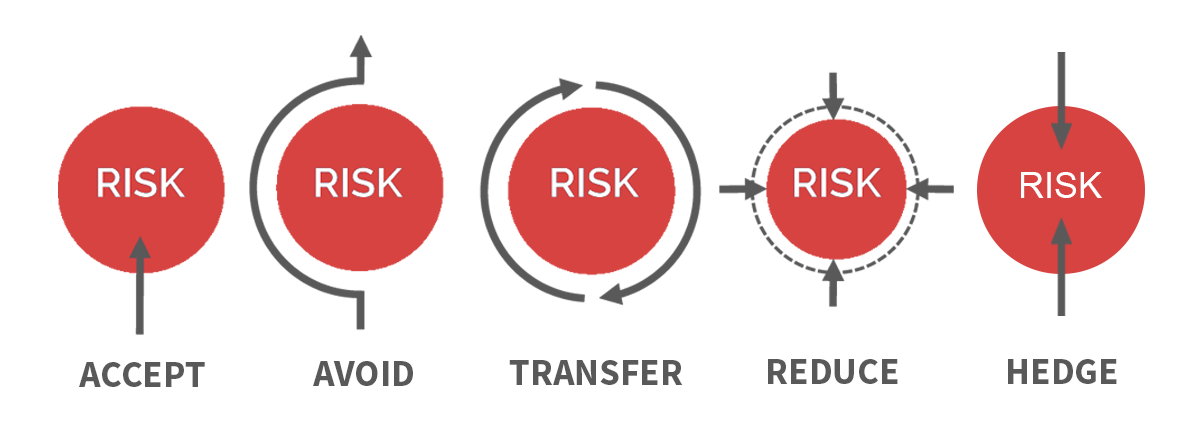
What is Risk Mitigation?
Risk mitigation? What is risk mitigation?
A key ingredient of Asymmetry® is in the directing, limiting, or controlling the possibility of loss or the magnitude of a potential loss.
Risk mitigation refers to the process of identifying, assessing, and taking actions to minimize or control the potential negative impacts of risks on a project, organization, or an investment portfolio.
Risks are uncertainties that have the potential to cause harm, a loss, disrupt operations, or negatively affect the achievement of objectives.
Risk mitigation aims to reduce the probability of these risks occurring and/or minimize their potential consequences if they do occur.
Here are the key steps involved in risk mitigation:
1, Risk Identification: This involves identifying all possible risks that could impact the project or organization. These risks can be internal or external, and they could be related to various factors such as technology, finance, market changes, regulatory issues, and more.
2, Risk Assessment: Once risks are identified, they are assessed based on their likelihood of occurring and the potential impact they could have. Risks are often categorized as high, medium, or low based on these factors.
3. Risk Prioritization: Not all risks are equally important. Prioritizing risks involves determining which risks pose the most significant threat or have the potential to cause the most damage. This helps allocate resources and attention more effectively.
4. Risk Treatment: This is where mitigation strategies are developed and implemented to address identified risks. There are several approaches to risk treatment:
- Avoidance: This involves eliminating the risk by not undertaking the activity that exposes you to it.
- Reduction: Implementing measures to reduce the likelihood or impact of the risk.
- Transference: Shifting the responsibility for managing the risk to a third party, often through contracts or insurance.
- Acceptance: Acknowledging the risk but choosing not to take any specific action because the potential impact is deemed manageable or the cost of mitigation is too high.
- Hedging: Hedging usually takes another risk that pays off in the opposite direction as the mitigated risk such as put options, long volatility, or other protection insurance.
5. Monitoring and Control: After mitigation strategies are implemented, it's essential to continuously monitor the risks to ensure that the chosen strategies are effective. New risks might emerge or existing risks might evolve, so regular assessment and adjustment of mitigation efforts are crucial.
6. Contingency Planning: While risk mitigation aims to minimize the occurrence and impact of risks, some risks may still materialize. Contingency plans outline how to respond if a risk does happen, helping to minimize the damage and expedite recovery.
Effective risk mitigation requires collaboration among various stakeholders, careful analysis of potential threats, and a proactive approach to managing uncertainties. It's a crucial aspect of project management, business operations, and decision-making to ensure the successful accomplishment of goals while minimizing the negative impact of unforeseen events.
At Shell Capital, our core expertise is in the directing, limiting, or controlling the possibility of loss or the magnitude of a potential loss.
